Video technology has the potential to enhance emergency response by improving the situational awareness of emergency professionals and enabling citizens to easily transmit the details of complex situations. To responsibly deploy technologies working alongside emergency call-takers, we must consider the human experience of using such tech.
When a person calls 112, they may find themselves in a situation of panic or distress. In such times, explaining a complex issue may be difficult or the caller may not understand the most important aspects to bring to the call-taker’s attention. Sometimes, callers are asked to carry out procedures such as CPR and may struggle to know if they are correctly carrying out the instructions given by the call-taker.
How would the human experience of these communications change if the citizen did not have to rely solely on voice, but could also share video? What considerations should be taken into account if the caller is sharing video in a potential hazardous situation, such as in busy traffic?
Meantime, in the emergency call centre, a call-taker may find it difficult to comprehend the severity of a situation and the response needed when hearing only the voice of a caller. Enabling video from the scene of the emergency may therefore provide additional situational awareness and decision-making. At the same time, what impacts does the use of video have on the call-taker, such as the mental health implications?
EENA’s new document ‘Transmitting video to the Public Safety Answering Point – a human perspective’ looks at the human experience of using video during an emergency from both the caller and the call-taker’s perspective. It provides important recommendations on deploying this technology in a way that benefits both citizens and emergency professionals while protecting their mental and physical safety at all times.
